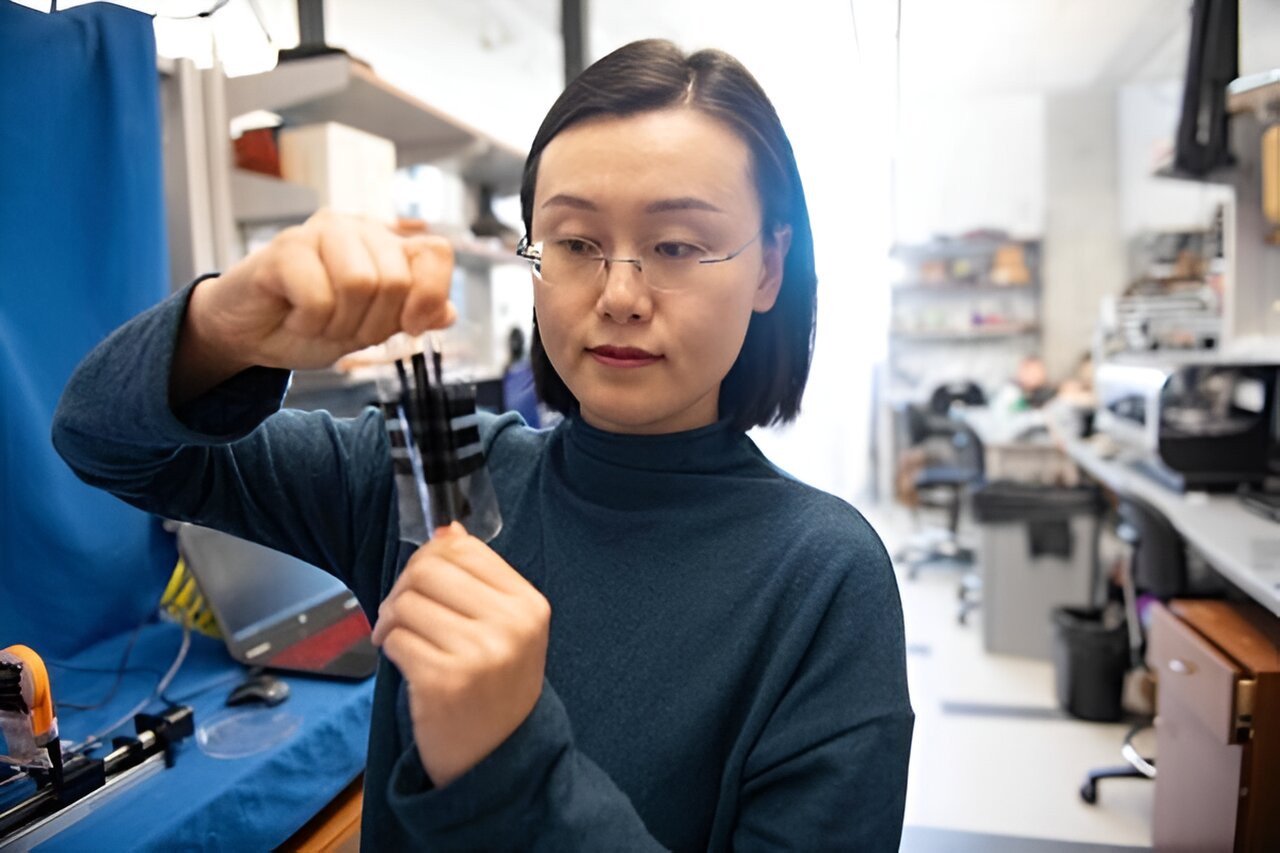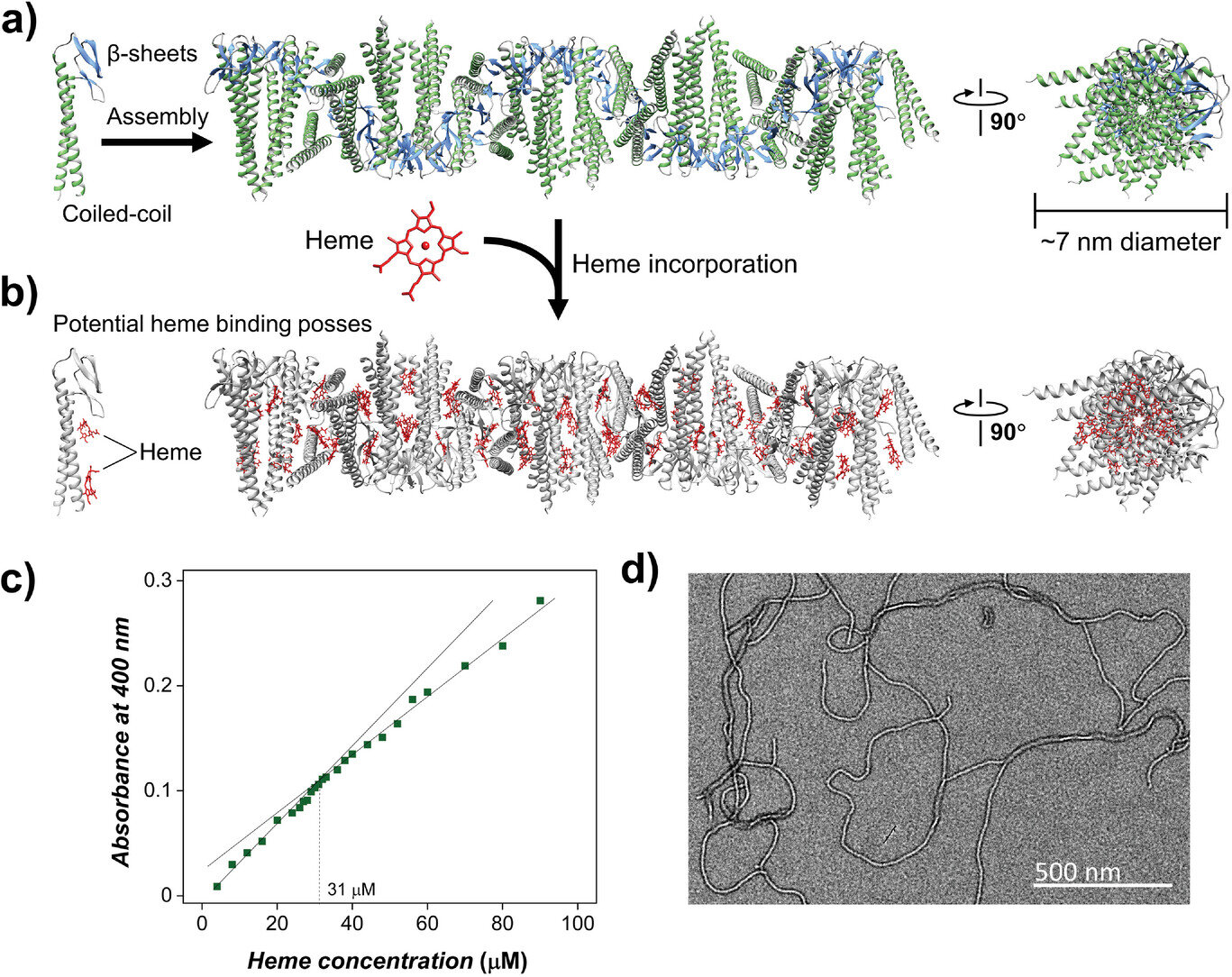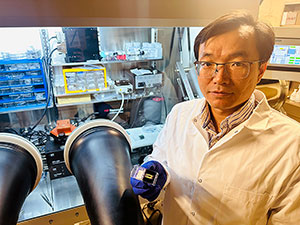
Public cloud services employ special security technologies. Computer scientists at ETH Zurich have now discovered a gap in the latest security mechanisms used by AMD and Intel chips. This affects major cloud providers.
Over the past few years, hardware manufacturers have developed technologies that ought to make it possible for companies and governmental organizations to process sensitive data securely using shared cloud computing resources.
Known as confidential computing, this approach protects sensitive data while it is being processed by isolating it in an area that is impenetrable to other users and even to the cloud provider...
Read More







Recent Comments